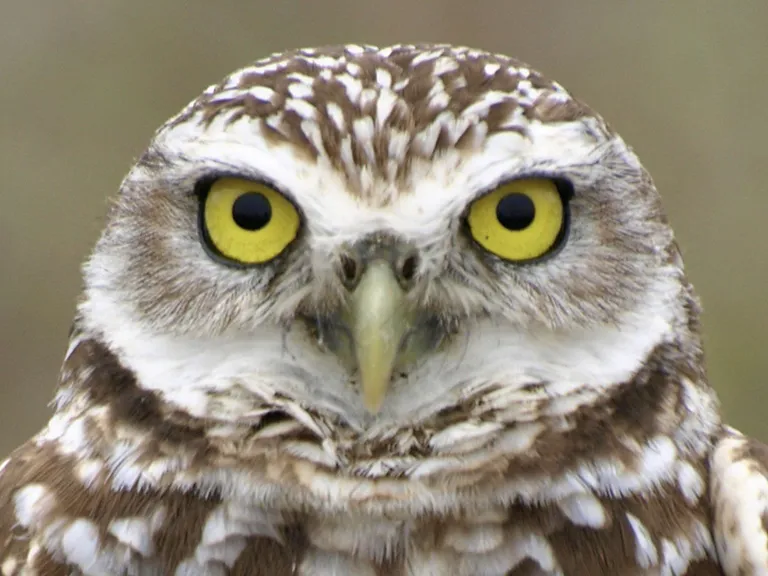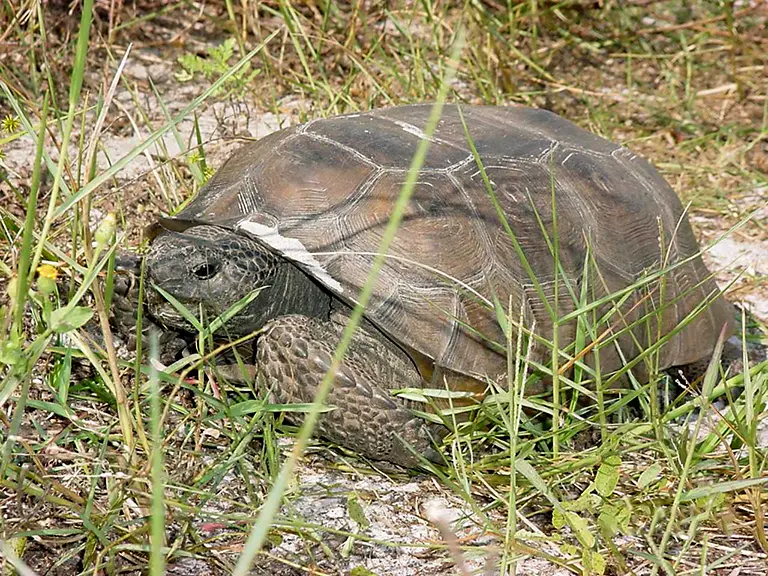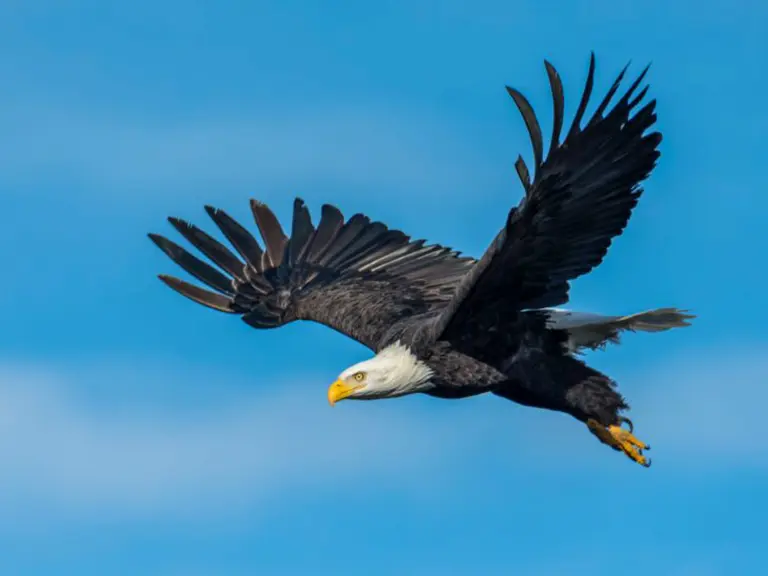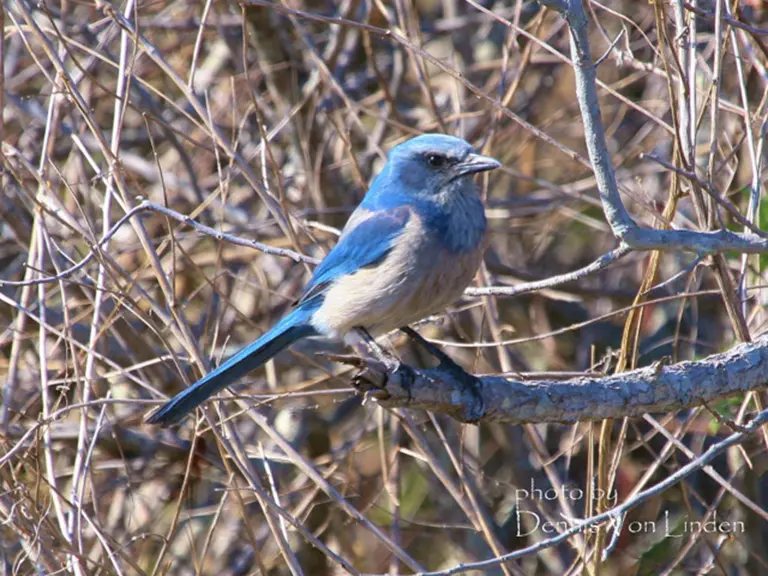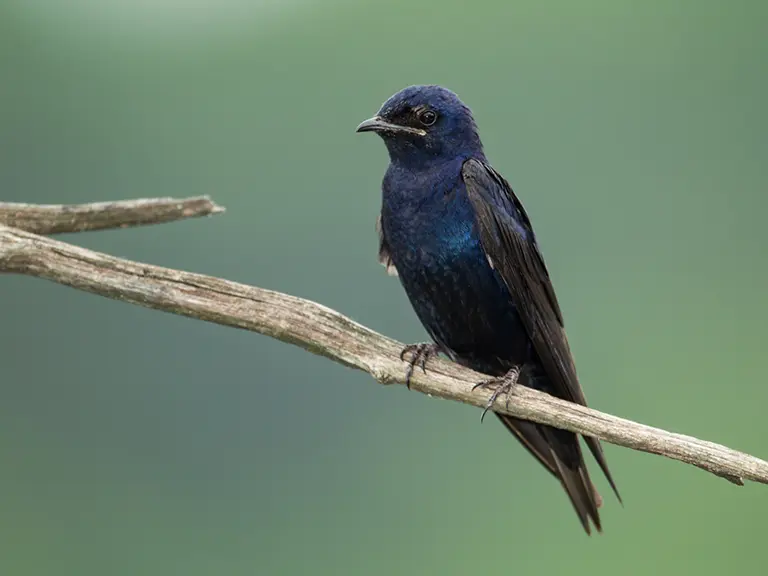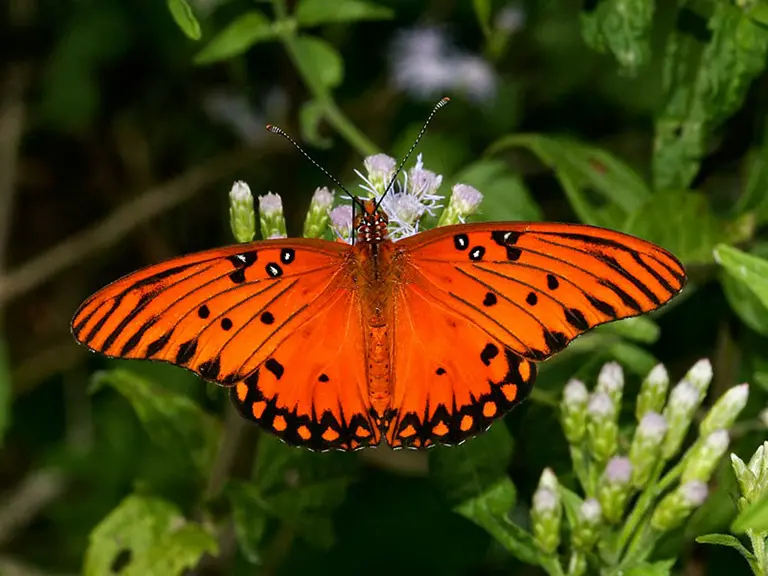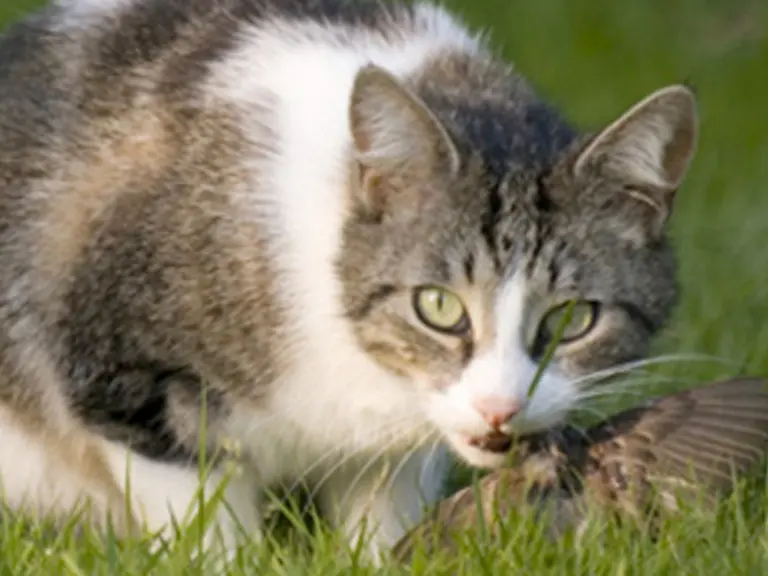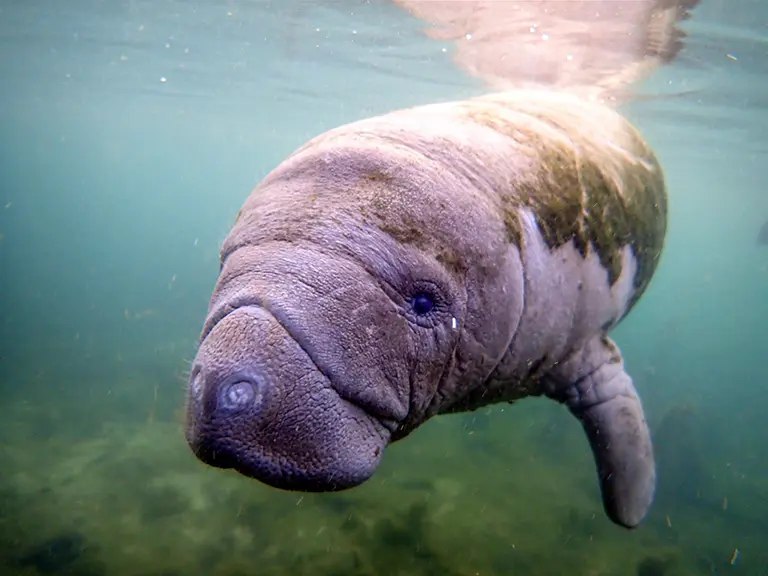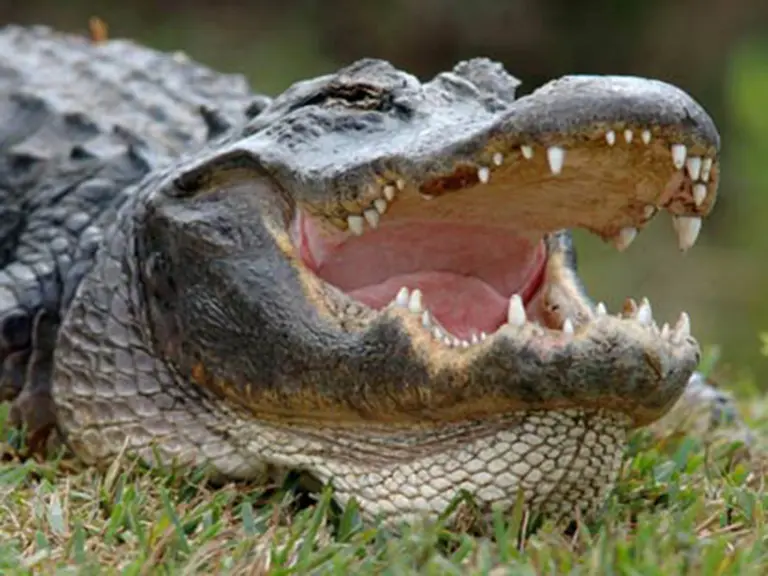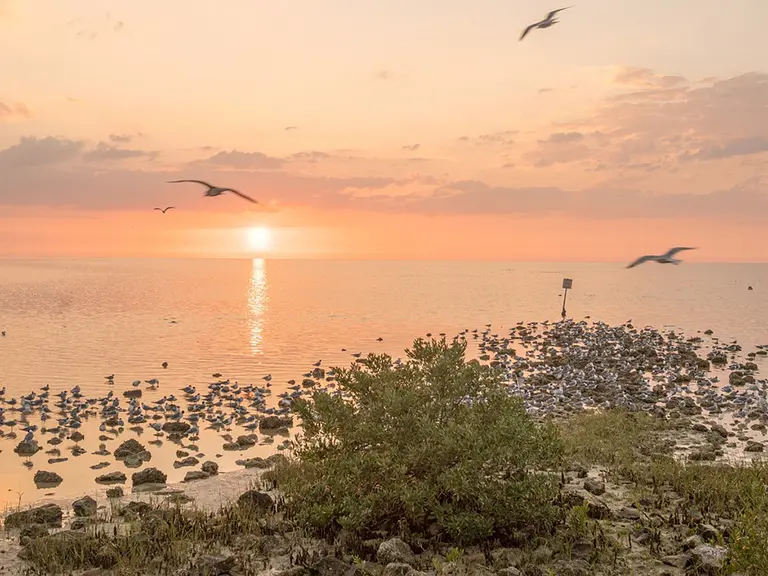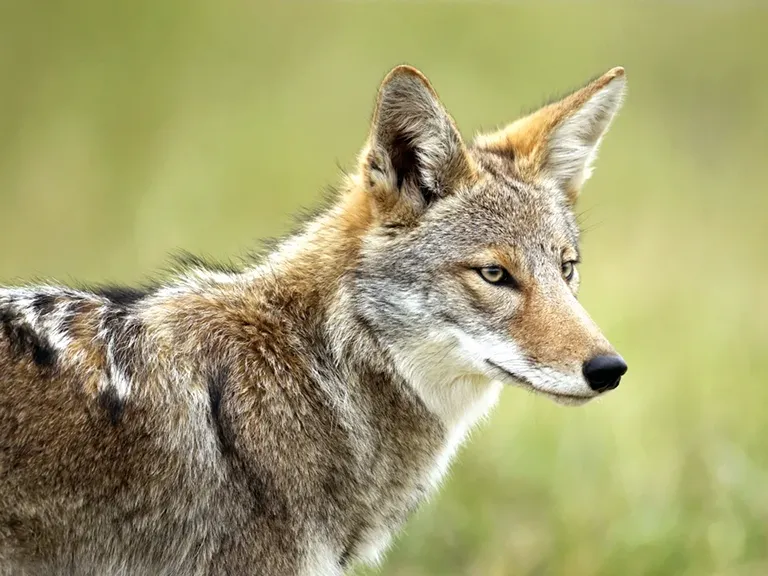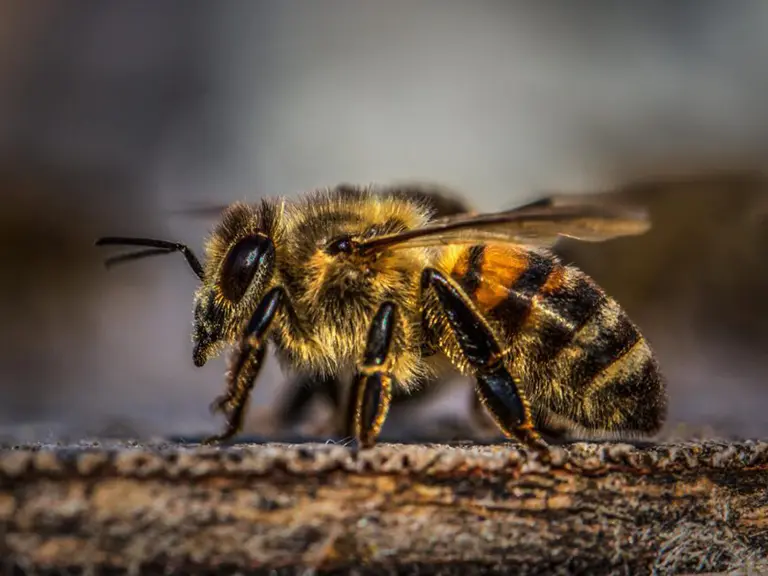Brown Anole / Green Anole
Oh my gosh there are lizards all over the place here in Cape Coral (and Florida too!). Visitors and new residents of Cape Coral are quick to see the tiny little brown lizards scurrying about. These little creatures can be confused with geckos and other exotic lizards, but they are officially known as Brown Anoles (Anolis sagrei).
Like so many of our creatures here in Florida, these little lizards are not native to Florida. These lizards call the Caribbean home, but were introduced to southern Florida many years ago, and have expanded their range as far north as Georgia.
The Green Anole, Anolis carolinensis, is the native species of this lizard and is found throughout the southeastern US.
The native Green Anole is slowly but surely being displaced by the Brown Anole.
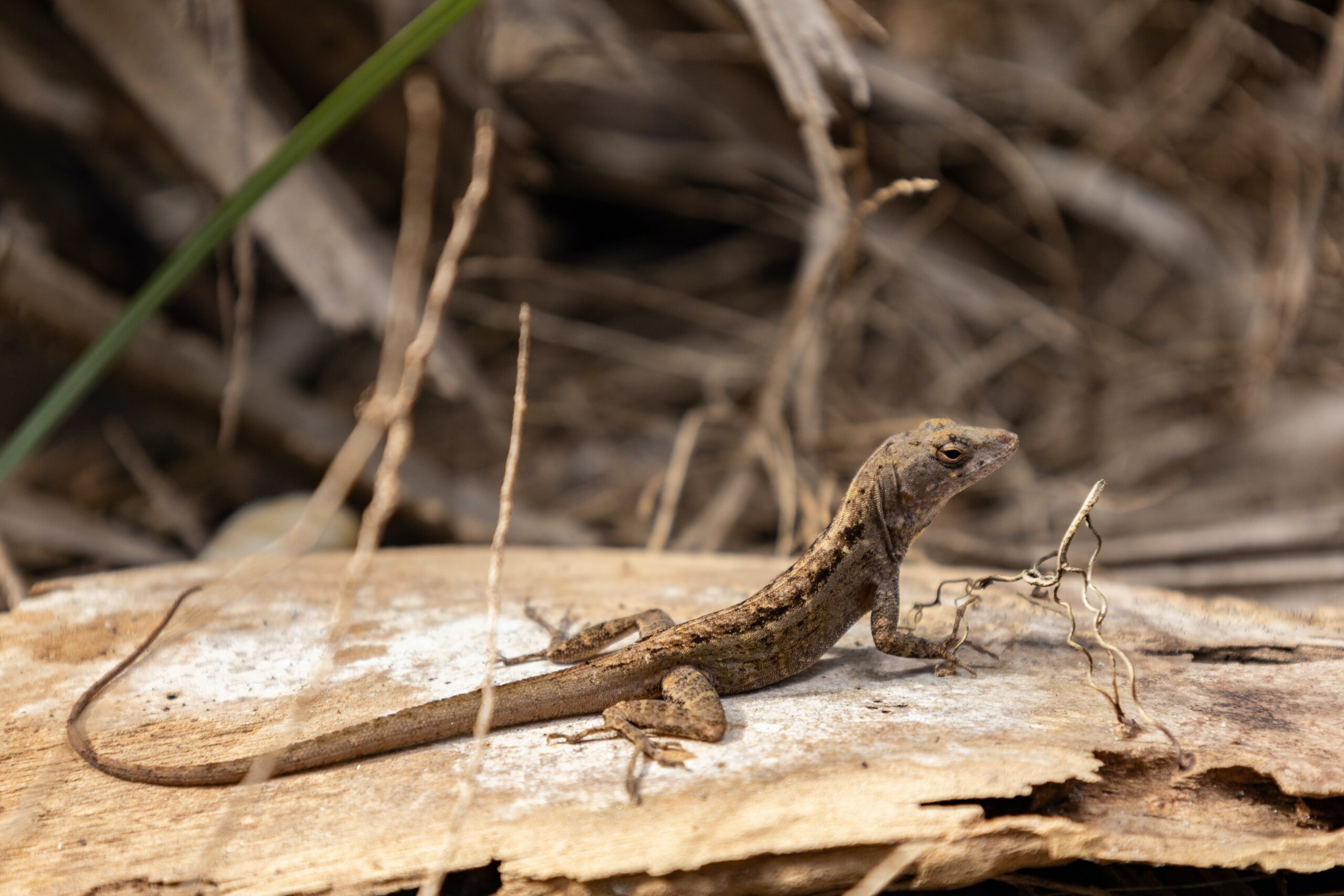
Brown Anole (non-native)
Telling these two critters apart can be tricky. The Green Anole is green, but can also be brown. The Brown Anole is brown or gray and never green. The Green Anole can change color while the Brown Anole can change color but to a lesser extent.
Both species have a dewlap which is displayed to defend territory.
The anole’s diet consists of crickets, small locusts, mealworms, wax worms, small earthworms, small cockroaches, flies and even moths, butterflies and spiders.
They are a favorite meal of the egrets found in Florida, and you can often see an egret stalking the shrubbery for a tasty anole.
They are harmless and often die of starvation if they get inside your home.
And by the way, don’t try to catch one. If you grab it by the tail, the tail will fall off and keep wiggling and gross you out! (The tail will eventually grow back)
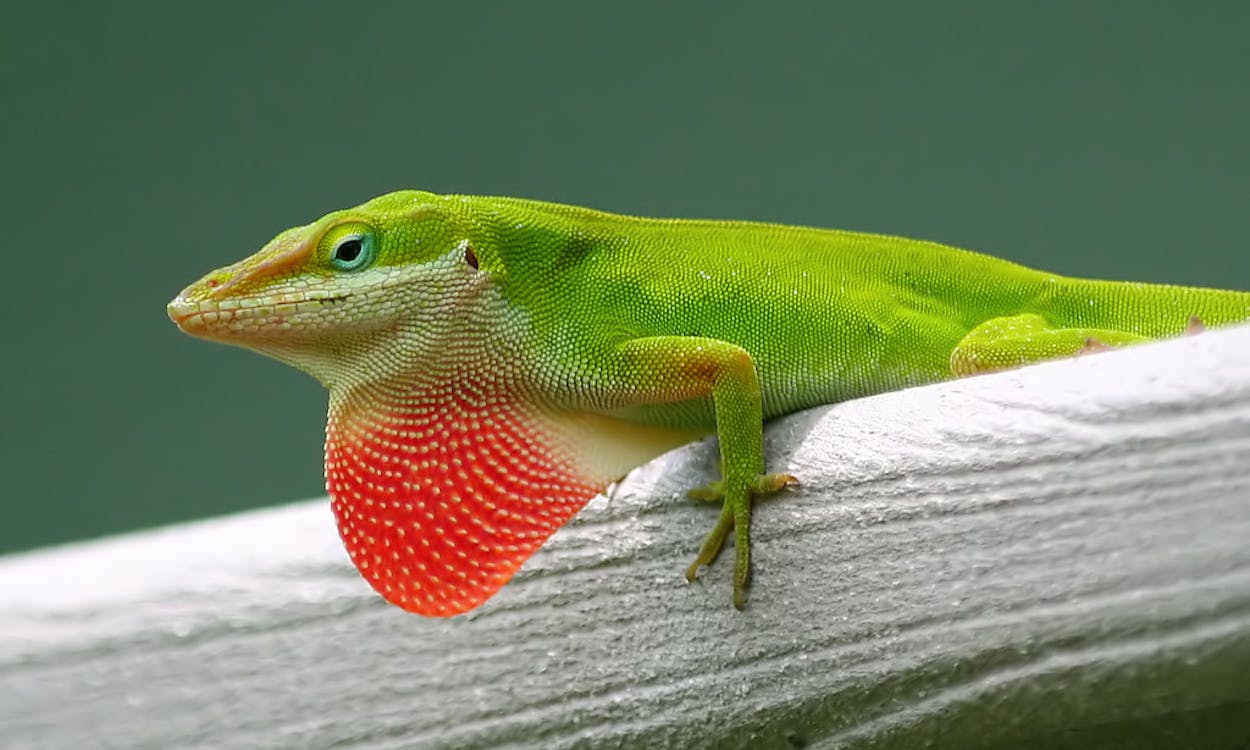
Green Anole (native)

House Gecko (non-native)
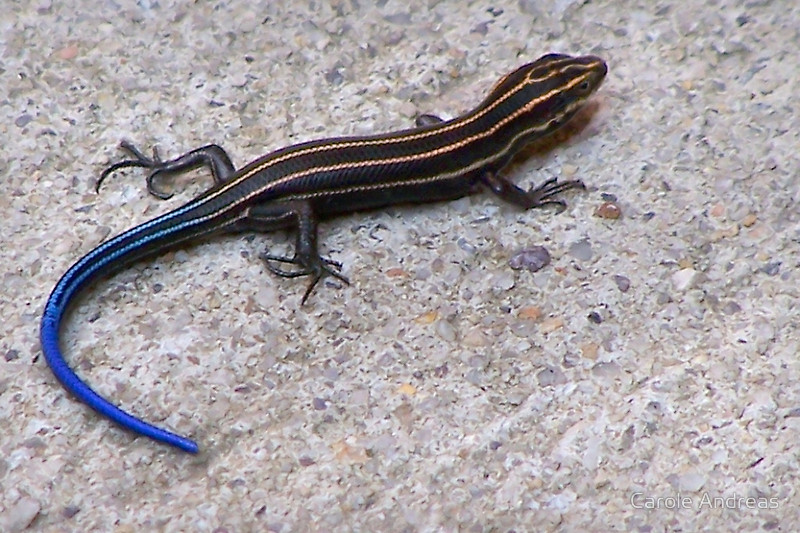
Blue Tail Skink

